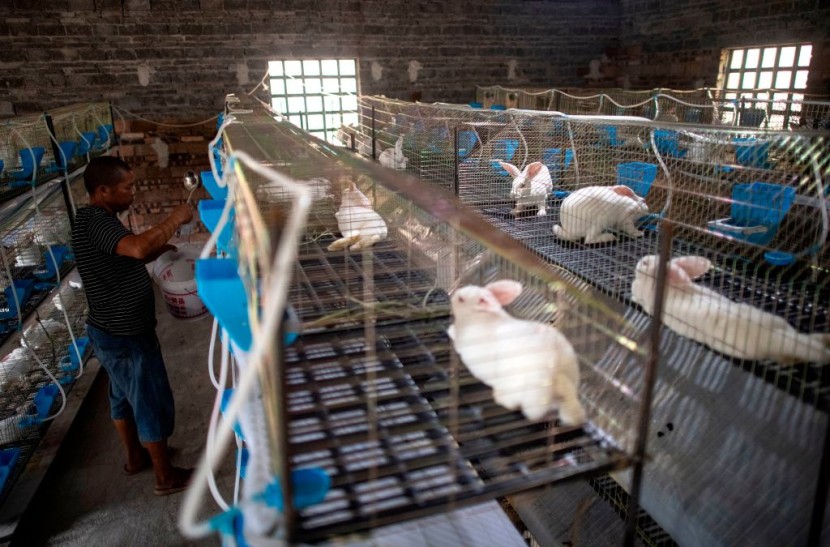
The Minnesota Department of Natural Resources detected a deadly and highly contagious rabbit disease for the first time this month.
According to officials, two rabbits died suddenly in Ramsey County, and their bodies were sent to the USDA's National Veterinary Services Laboratories. It was confirmed that the two rabbits had Rabbit Hemorrhagic Disease Virus 2 (RHDV2).
Officials confirmed that RHDV2 is highly contagious, and it can affect both domestic and will rabbits. The pathogen found in the disease pose no threat to human beings.
Other species are not known to be susceptible to the deadly and highly-contagious disease either, according to CBS Local in Minnesota.
What is RHDV2 and how can it be passed among rabbits?
As of late, the cause of RHDV2 is still being investigated. Dr. Greg Suskovic, who helms the state Board of Animal Health's Foreign Animal Disease Investigation unit, is encouraging all rabbit owners to immediately contact their veterinarian if their pet suddenly dies or exhibit symptoms similar to RHDV2.
Some of the common symptoms include lethargy or difficulty to move. Rabbits also die within a day up to a week after contracting the disease. Following their demise, the rabbit with the decease may have blood coming from their mouth and nostrils.
Read Also: Wild Rabbits Domesticated By Gene Adaptation
The RHDV2 disease can be passed on through direct contact with rabbits or through direct contact with contaminated blood, urine, and feces. The virus can reportedly live on clothing, shoes, cages, water, bedding, and more.
At present, Minnesota has not approved a vaccine against the RHDV2 disease. However, the vaccines are already available in Europe.
How to prevent the spread of RHDV2
The Minnesota Board of Animal Health listed the necessary precautions to help prevent the spread of the RHDV2.
They are encouraging pet owners to wear a different pair of footwear indoor and outdoor. They are also encouraging rabbit owners to always wash their hands before and after cradling their pet.
Rabbit owners are being discouraged from allowing visits from other rabbit owners. They shouldn't also handle sick rabbits that are owned by their family and friends.
When taking care of multiple rabbits, always handle the rabbit that is sick last.
The MBAH is also asking rabbit owners to house their pets indoors. If this isn't an option, pet owners should make it a point to double fence their rabbits outdoors to avoid direct contact with wildlife.
The use of forage, tree branches, or grass for bedding from areas with infected wildlife is being discouraged.
More information can also be found on the Minnesota Board of Animal Health website. It includes info about the lifespan of the virus, as well as the kind of wildlife specifies that are also susceptible to the rabbit disease.
"RHDV2 is very persistent and stable in the environment. It is resistant to extreme temperatures and can survive freezing. The virus has been found to survive up to 15 weeks in dry conditions," the Minnesota Board of Animal Health confirms.
Other important information about the RHDV2 may also be found on the United States Department of Agriculture APHIS webpage.
Related Article: Paralyzed Rabbit Walks Again With A Wheelchair (VIDEO)








